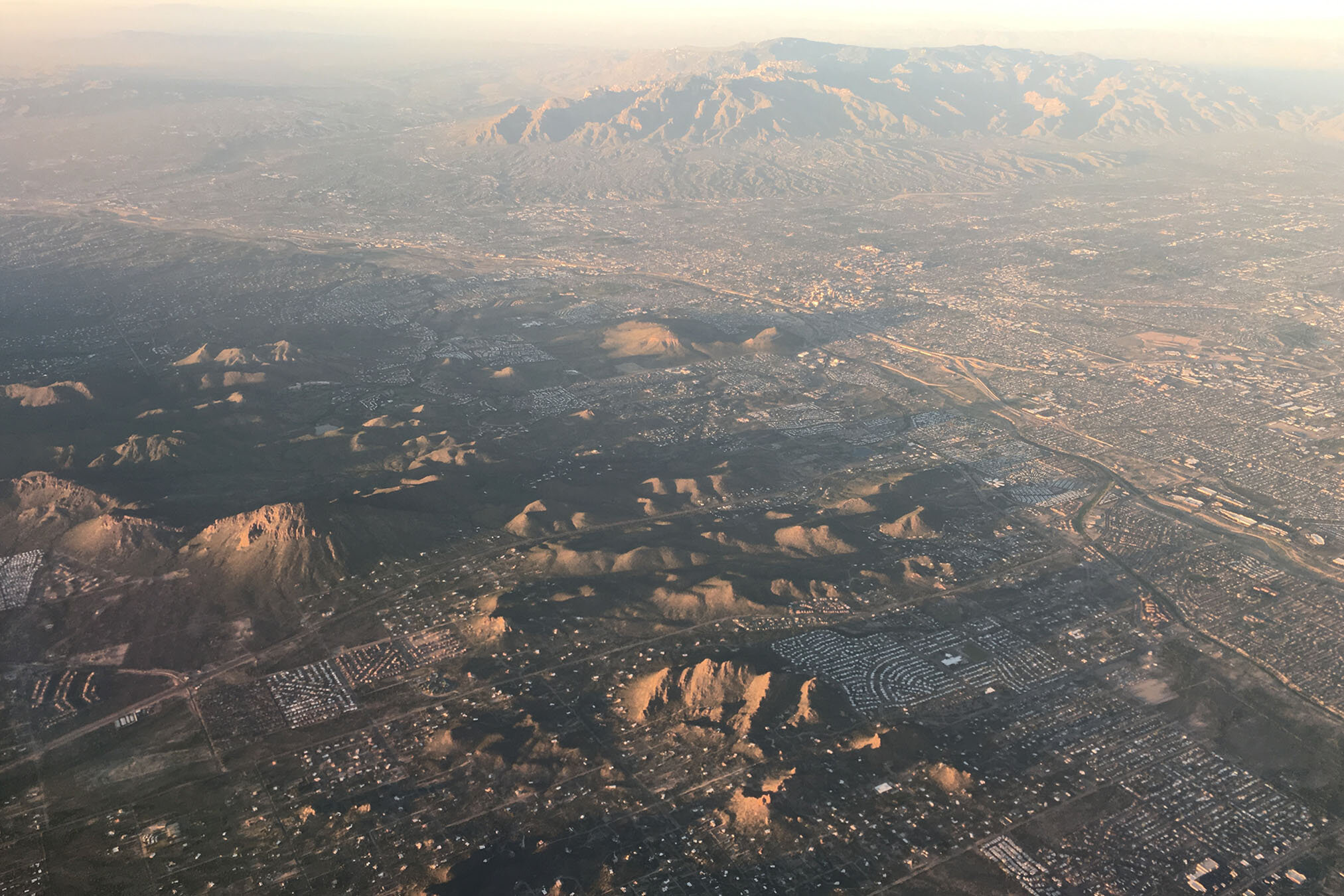
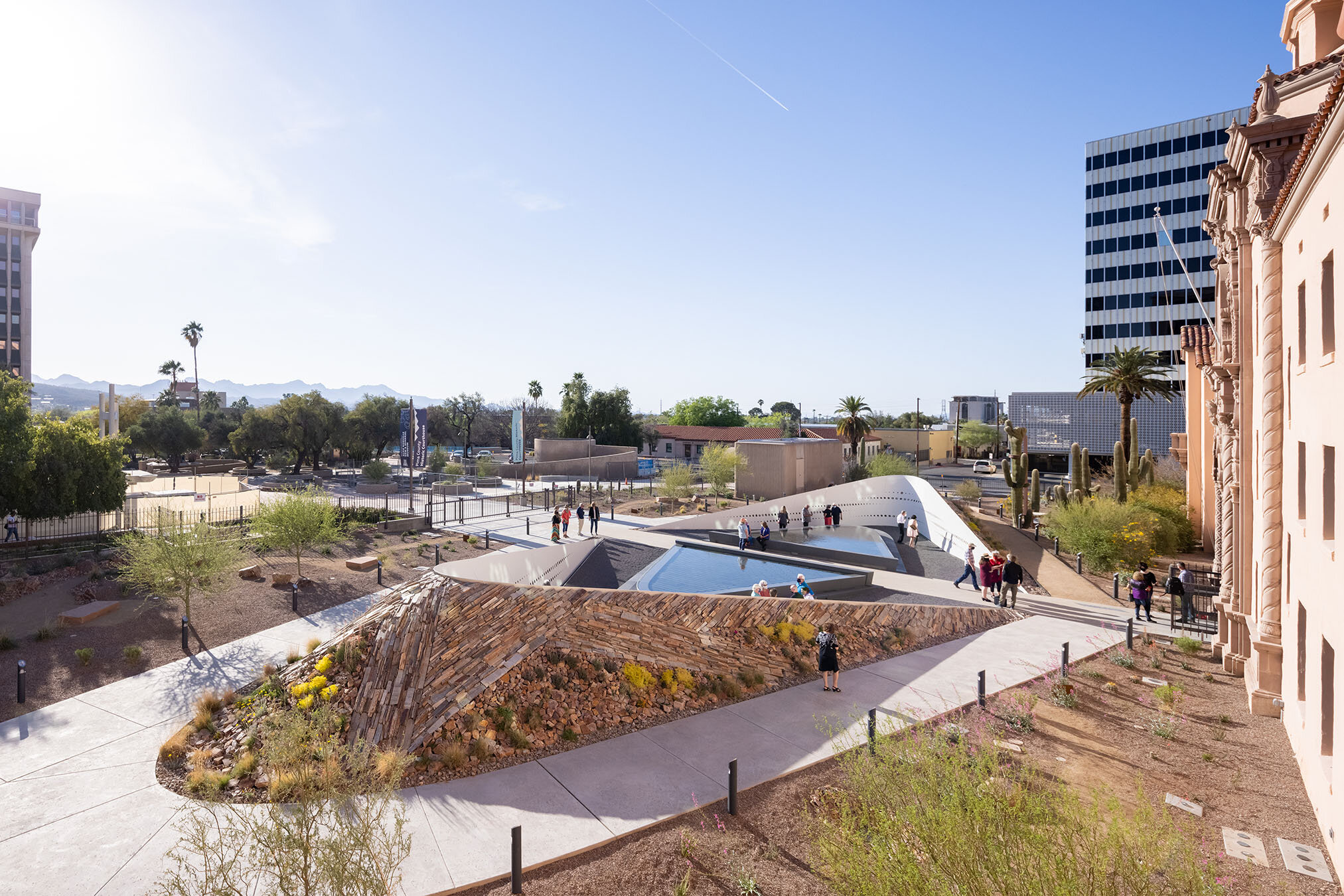

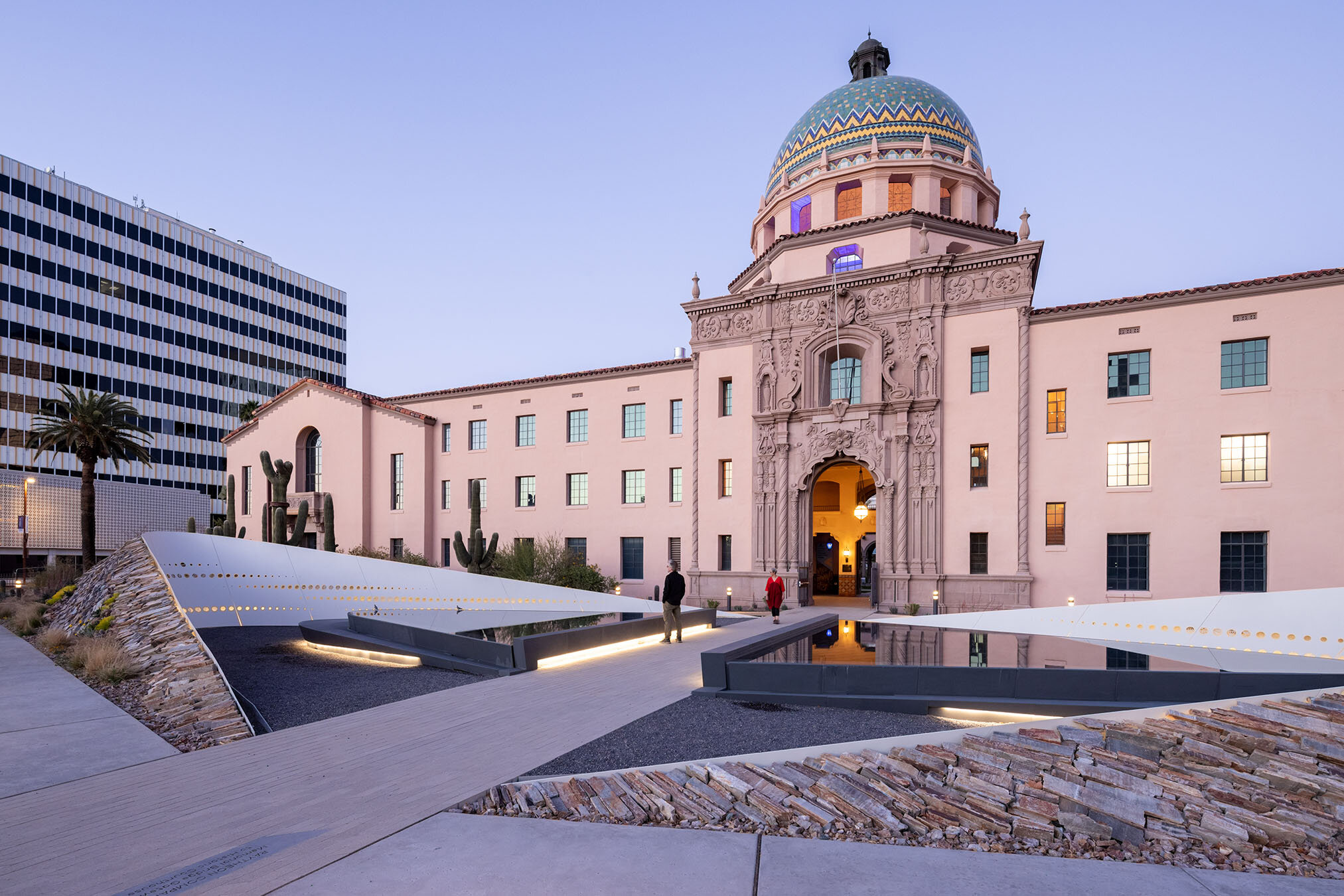
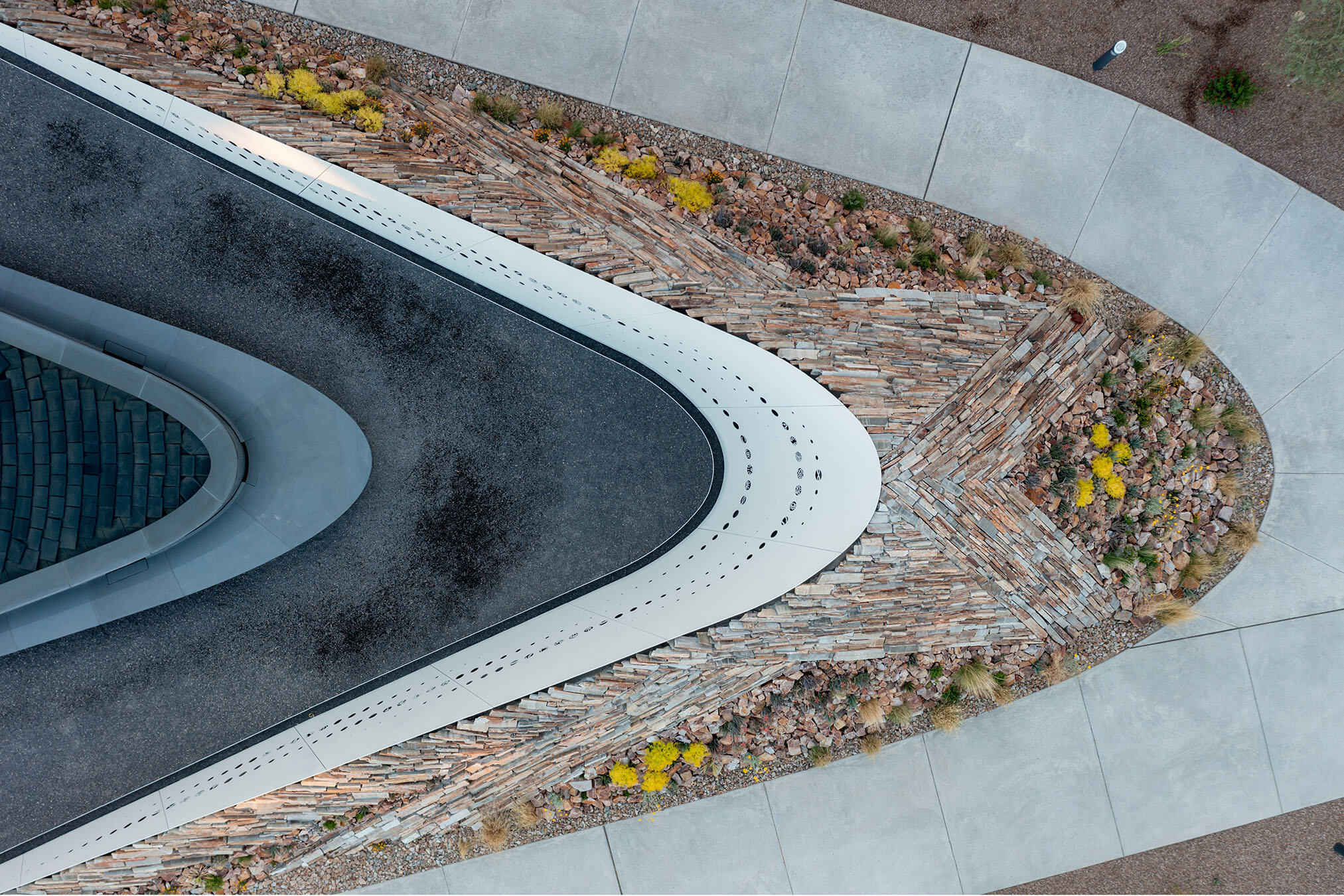
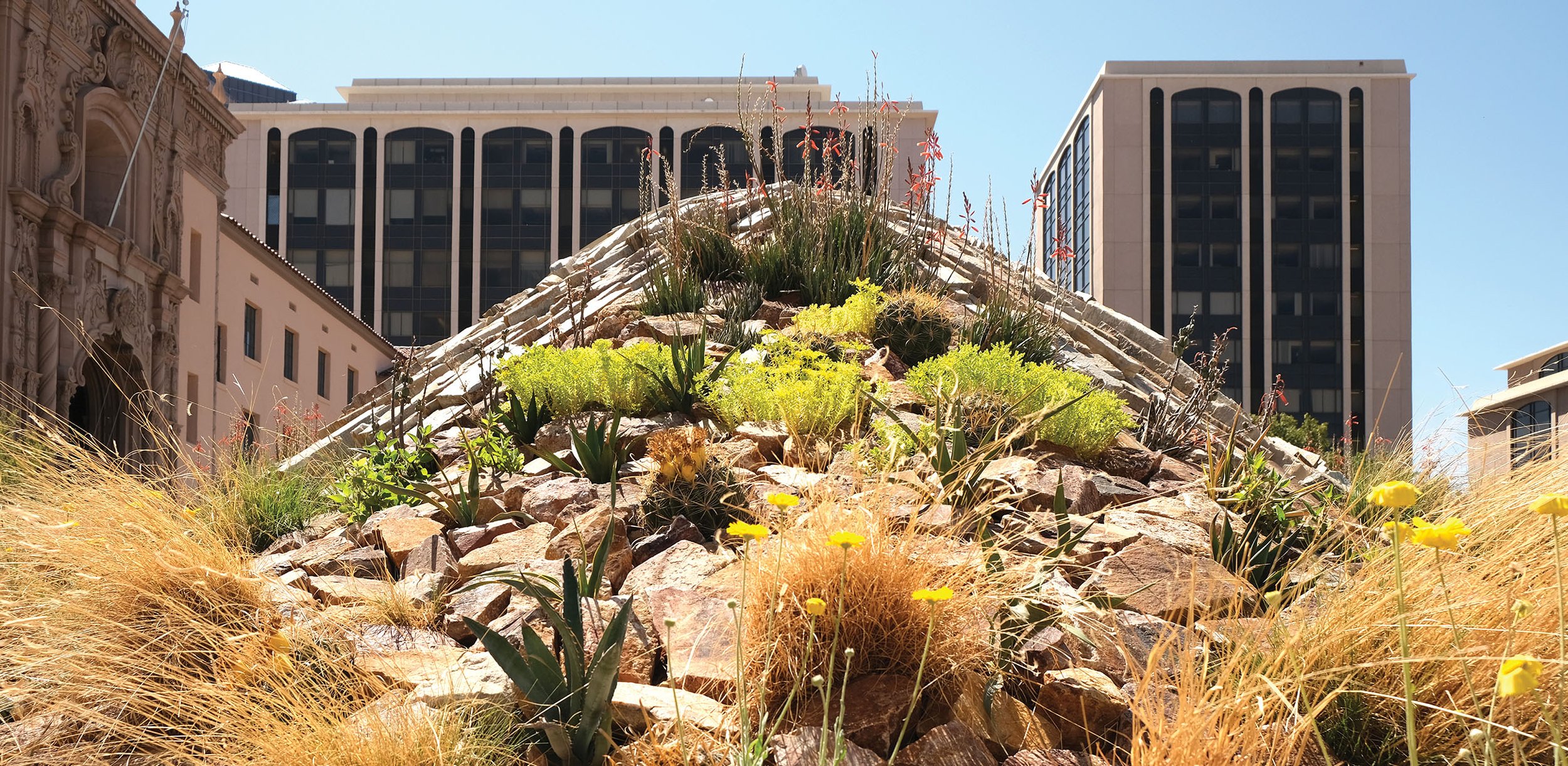
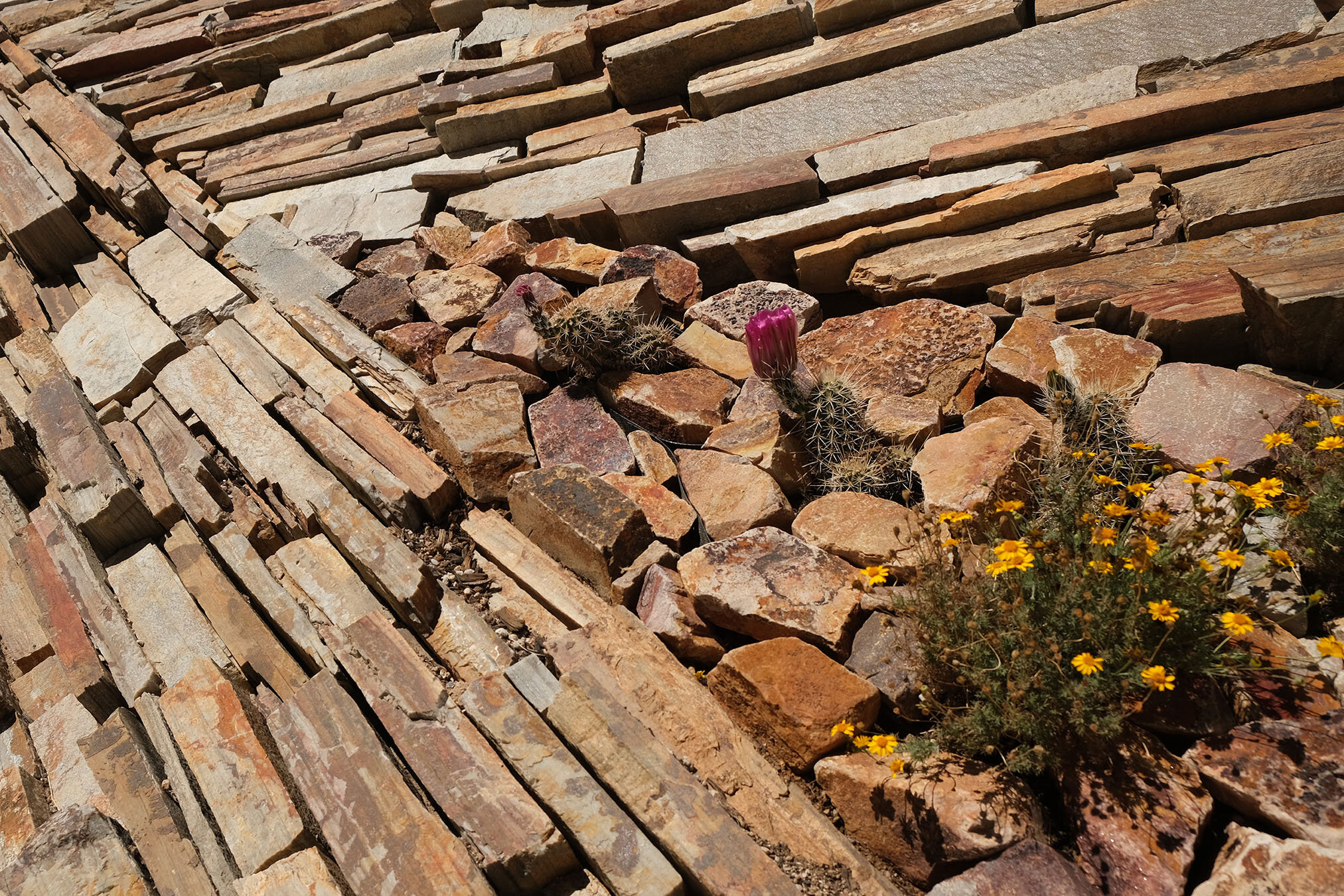
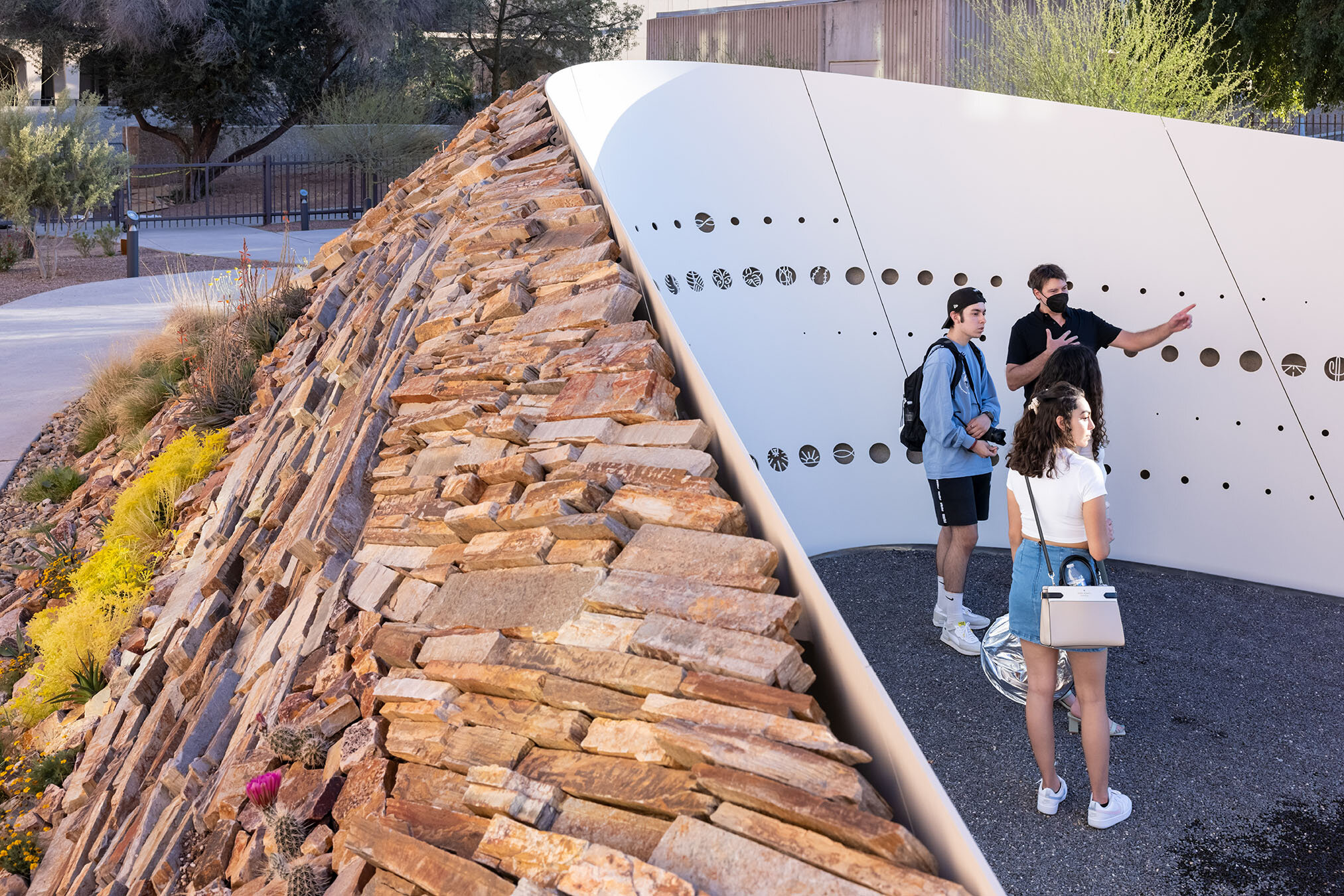
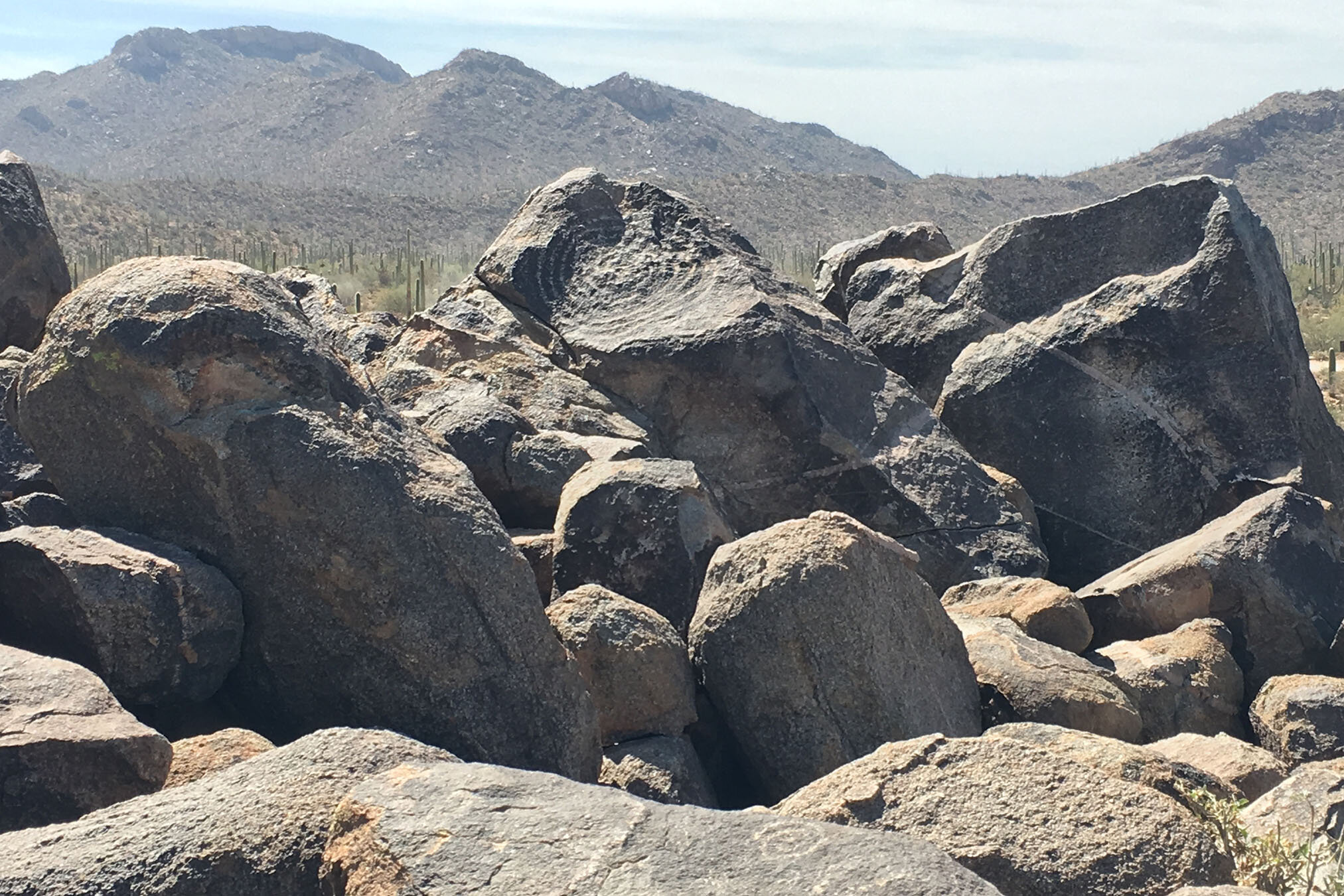
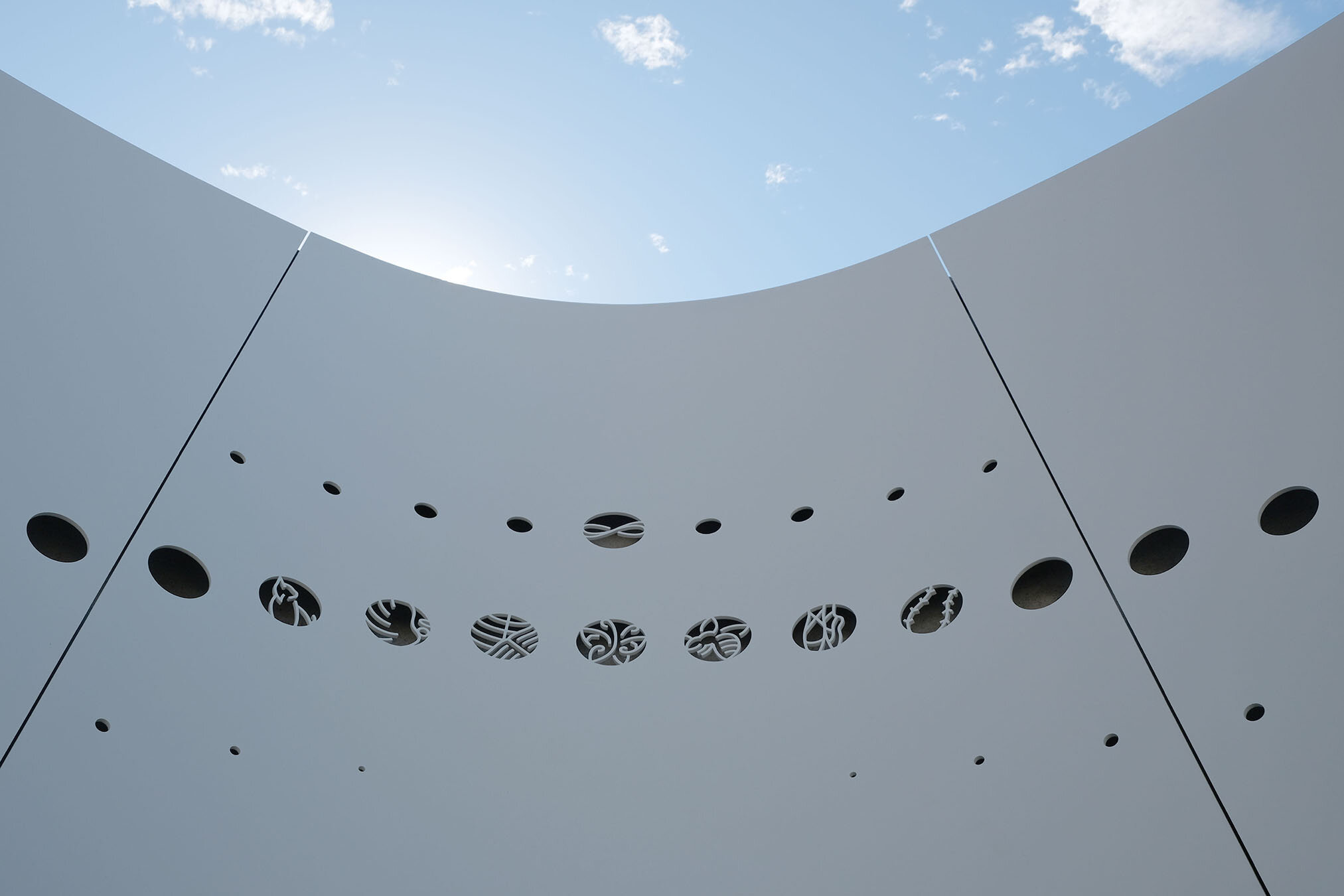
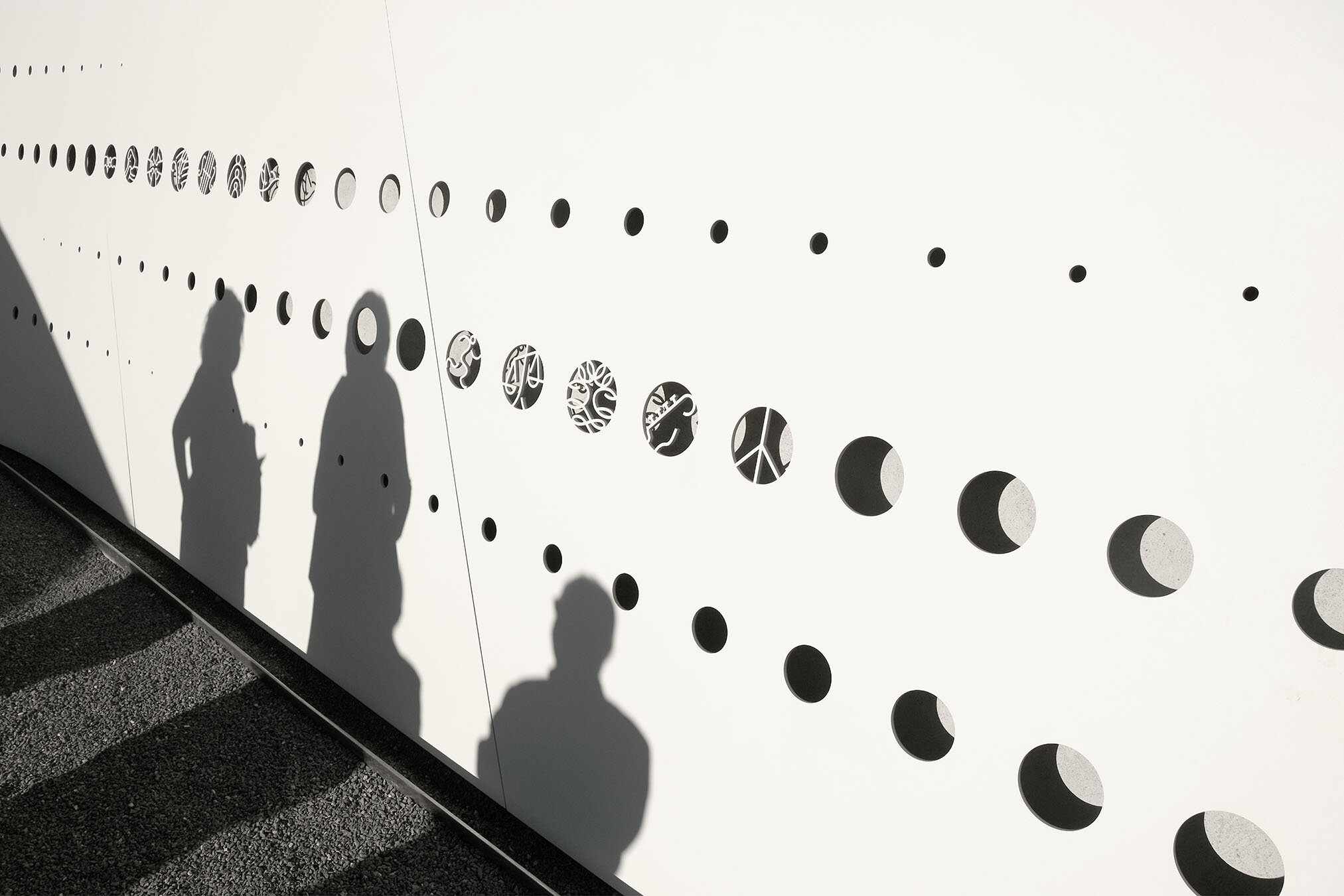

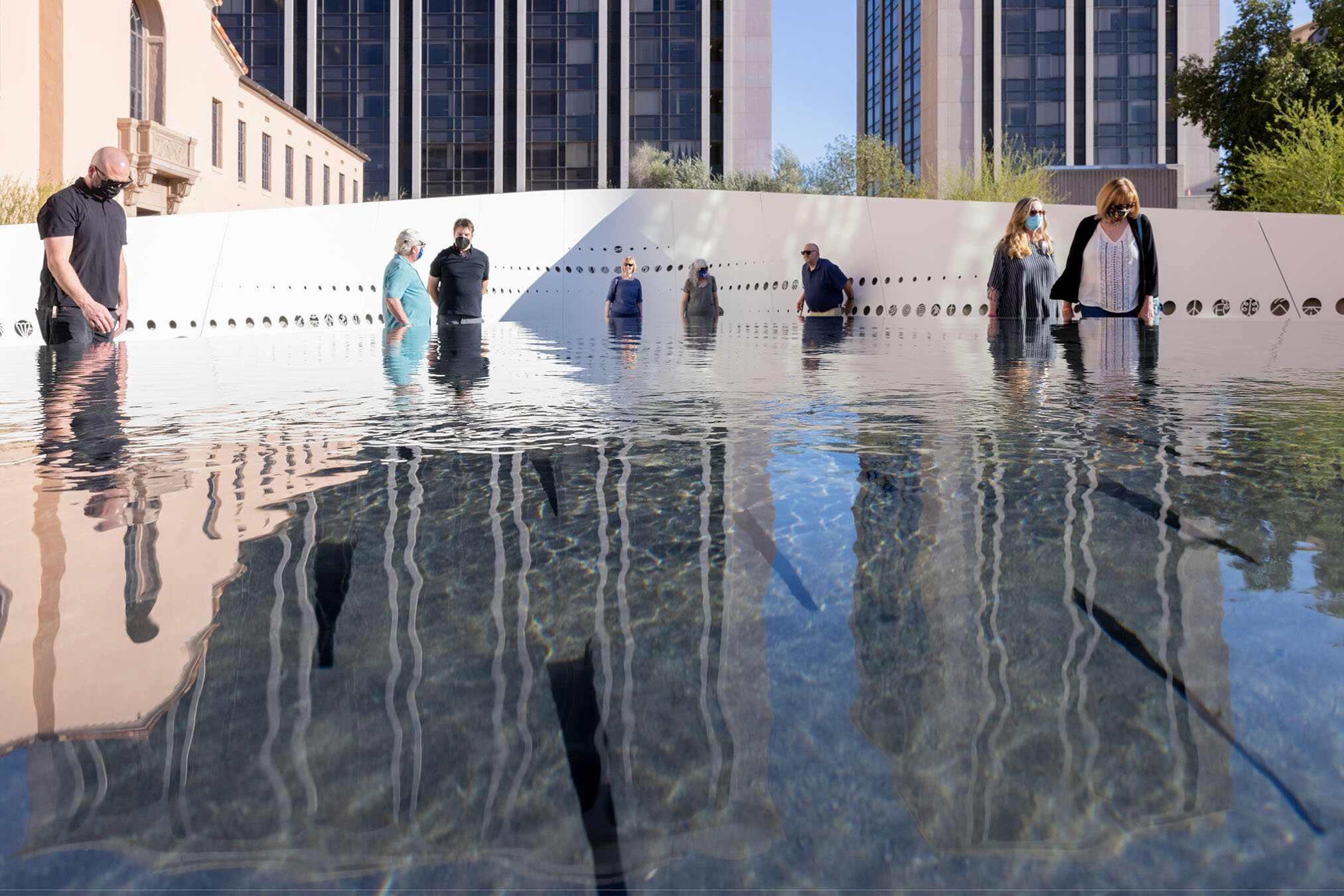
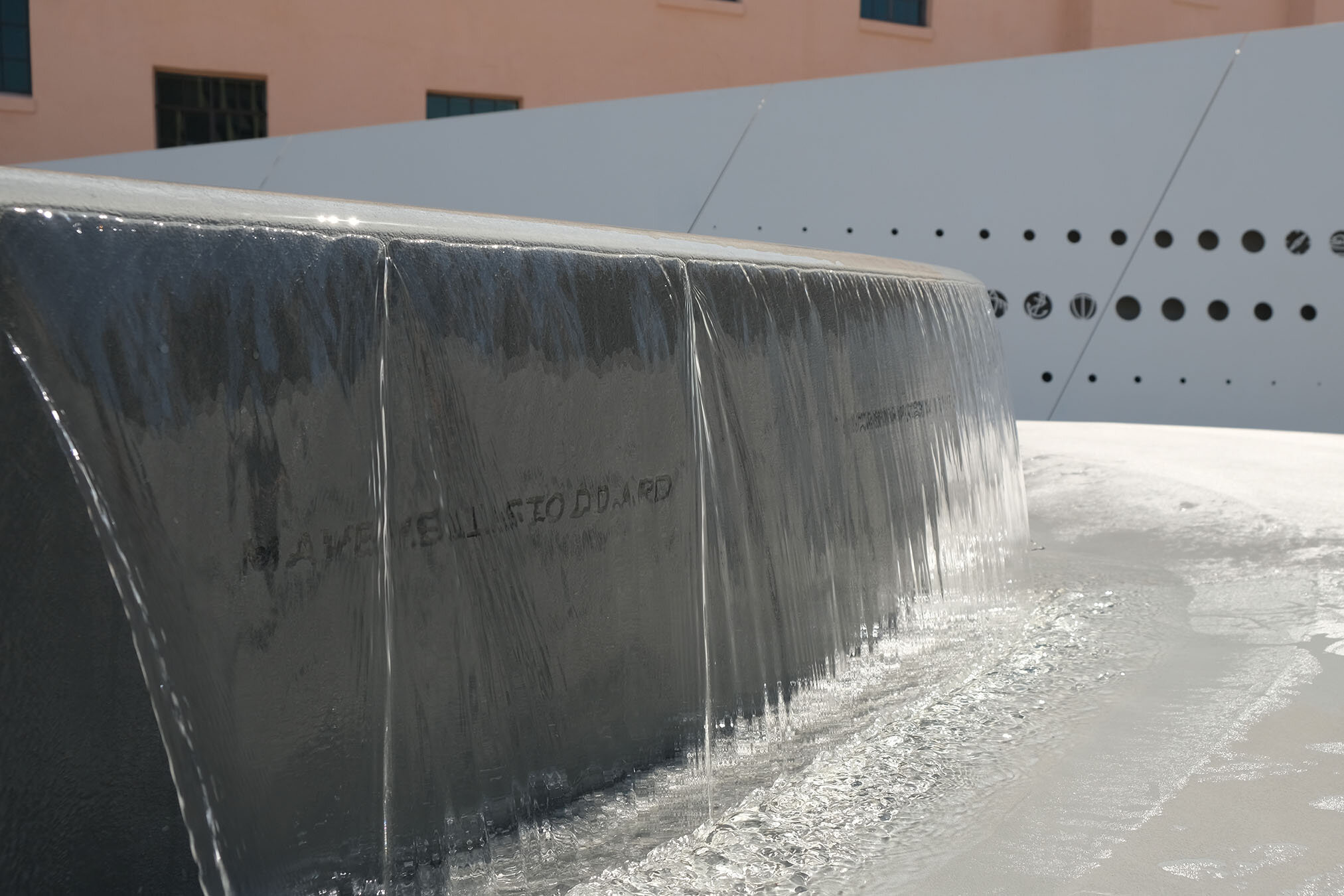
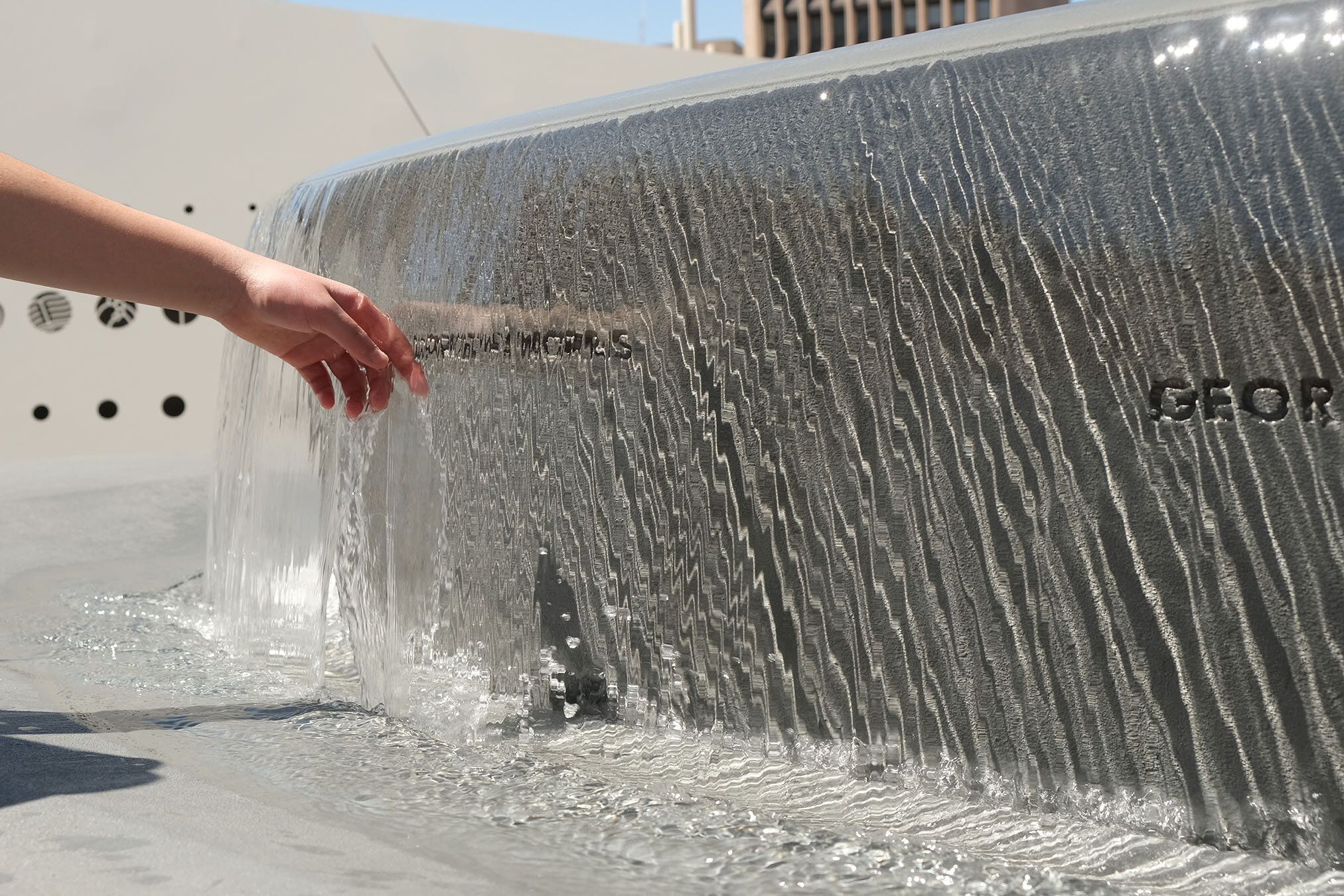

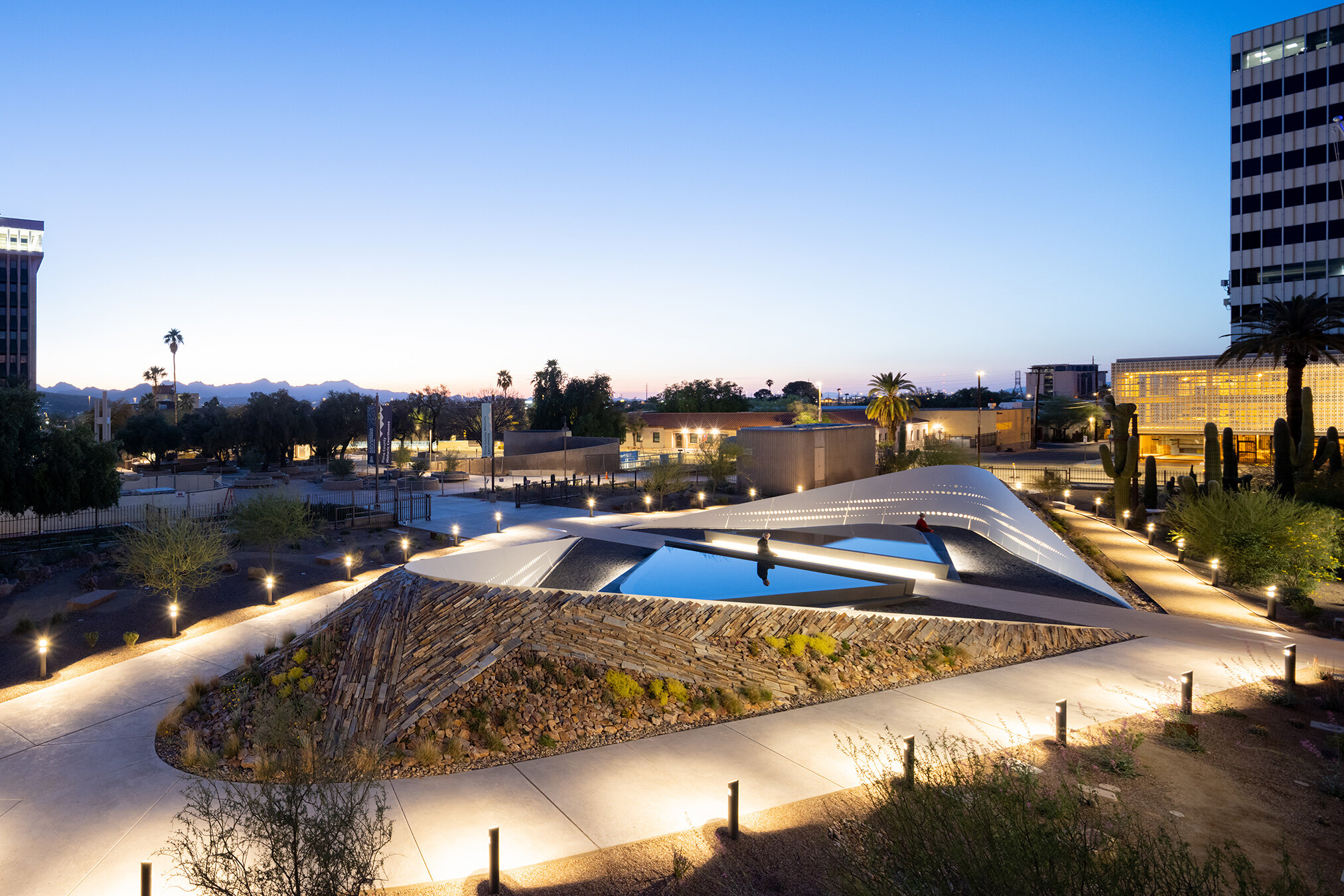
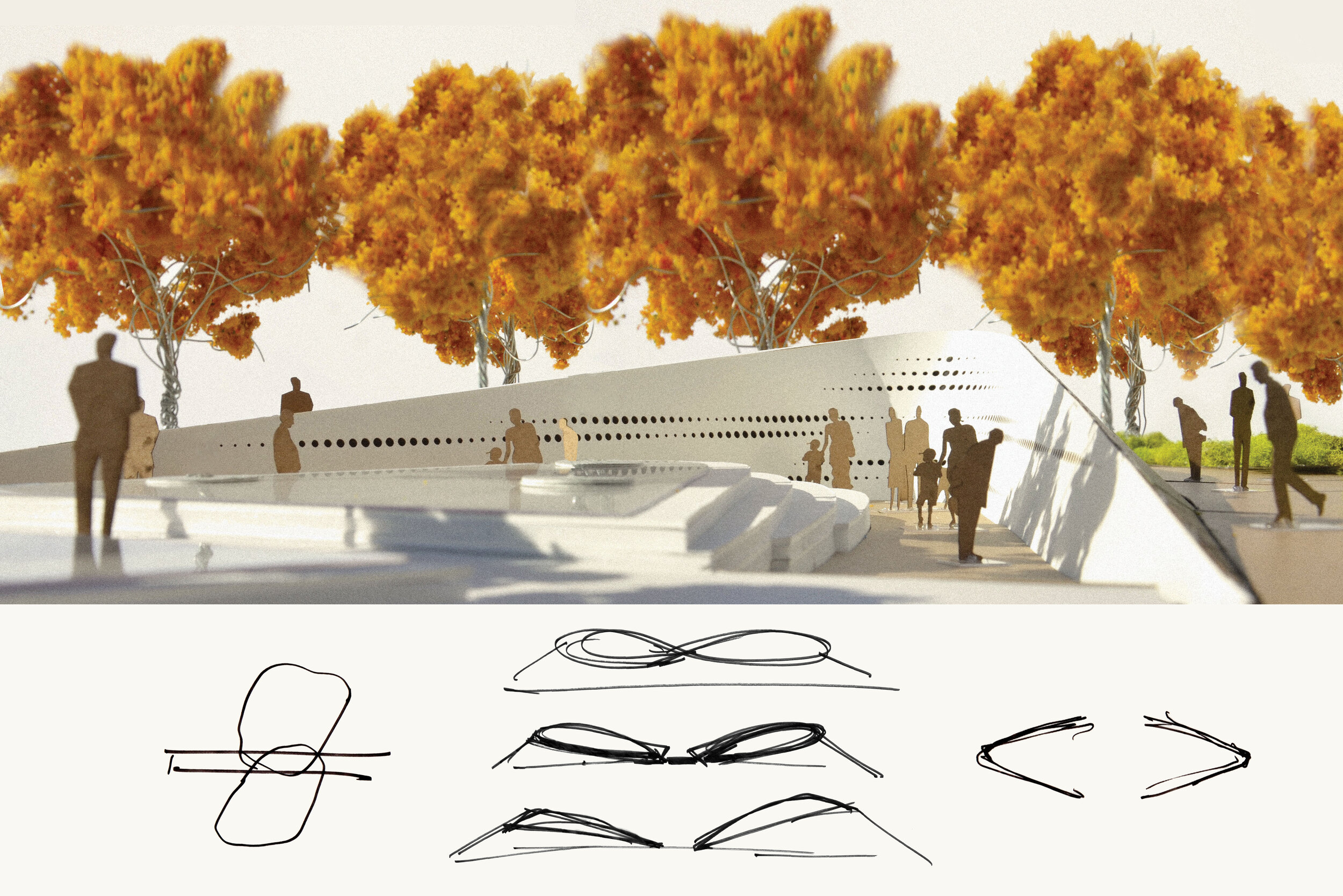
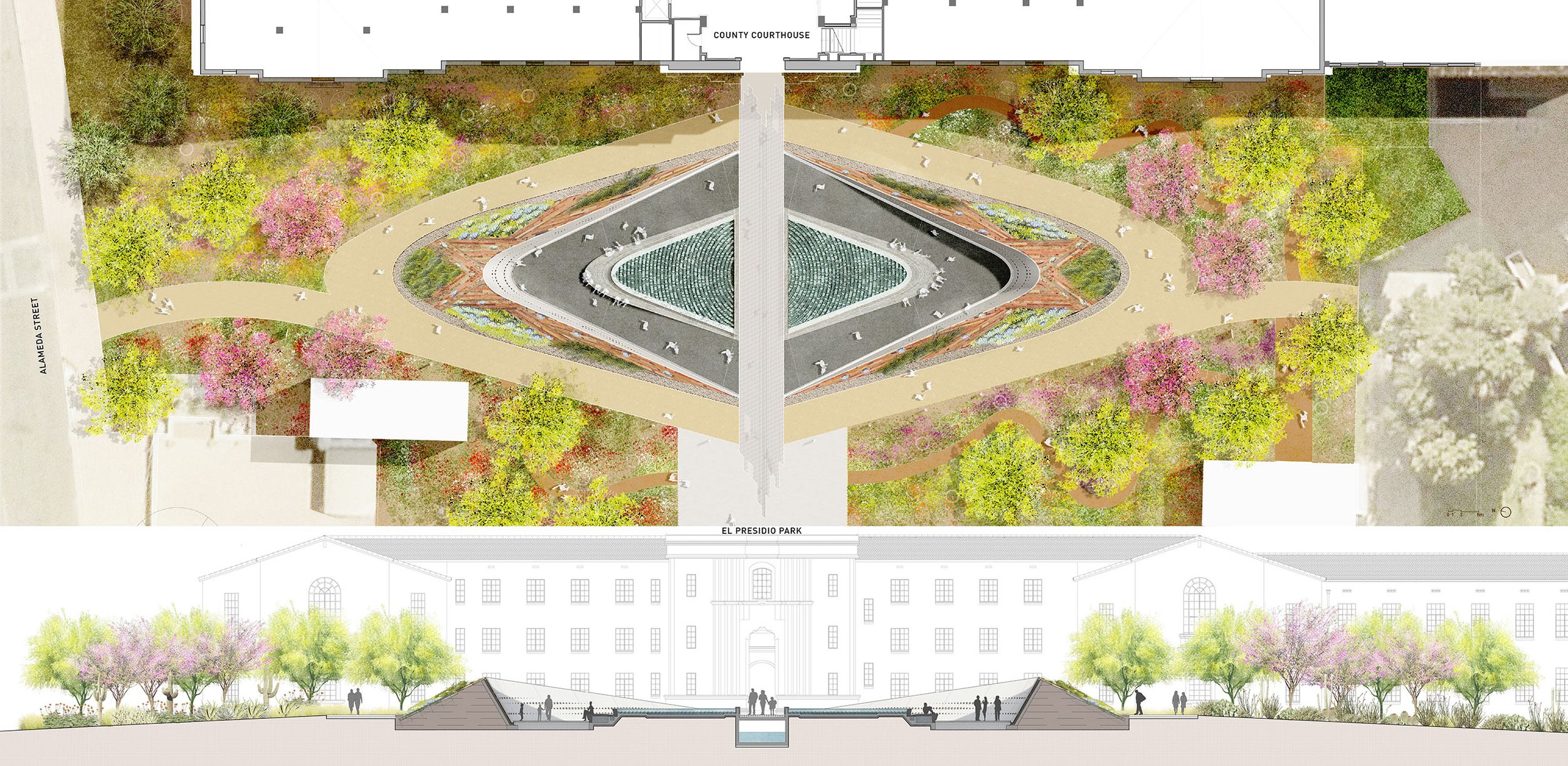
THE JANUARY 8TH MEMORIAL - THE EMBRACE, TUCSON, ARIZONA
LOCATION Tucson, AZ
TYPE Memorial and Memorial Gardens
SIZE 1 acre
PROJECT TEAM January 8th Memorial Foundation, Pima County, City of Tucson, Chee Salette-memorial architecture and landscape architecture in collaboration with Rebeca Mendez-memorial inner wall artwork; along with agLicht-lighting, Jackie Kain-historian and researcher; and consultants Fluidity - water feature, Schneider Structural Engineers, GLHN - civil, electrical, plumbing
photography : Iwan Baan, Tina Chee
LINKS
2022 NATIONAL ASLA HONOR AWARD
2021 SOUTHERN CA ASLA AWARD FOR LANDSCAPE ART
2021 CODAWORX AWARD FOR PUBLIC SPACE
2021 THE CHICAGO ANTHENAEUM AWARD - MONUMENTS
SOUTHERN ARIZONA HERITAGE AND VISITOR CENTER
LANDSCAPE ARCHITECTURE MAGAZINE
TUCSON’S JANUARY 8TH MEMORIAL FOUNDATION
On January 8, 2011, a gunman shot nineteen people assembled in Tucson on a Saturday morning for a "Congress on your Corner” with their representative, Congresswoman Gabrielle Giffords. Six people died and thirteen were seriously injured including Ms. Giffords who was shot in the head. This was an attack on democracy and the first time a member of the U.S. House of Representatives was the target of an assassination attempt. The January 8th Memorial was dedicated 10 years later, two days after a mob attacked the U.S. Capitol on January 6th. A monument to the resilience of democracy, the January 8th Memorial stands as relevant as ever. It is the manifestation of a community uniting in tragedy and, in our polarized times, it is a powerful call for hope.
The January 8th Memorial is an Embrace. Its landforms are healing arms protecting the inner memorial where the story of January 8th is told. Carved into the landscape of El Presidio Park, the birthplace of Tucson, the Memorial is a place to reflect, remember and honor those who gave their lives in pursuit of a better democracy, and also celebrate the solidarity of the people of Tucson in the aftermath of that terrifying day.
The Memorial is located at the foot of the County Courthouse, an architectural icon built 100 years ago, marking the fact that the violence perpetrated on January 8th interfered with freedom of expression and self-government. Its position on Tucson’s Civic Axis ensures that the Memorial is part of the everyday life of the city. Arriving through the Courthouse gate, visitors enter the Memorial as a gateway to El Presidio Park. From the park, its landforms are seen rising from the earth, framing the Courthouse façade and forming a forecourt to the historic building, which echoes the courtyard on the other side of its breezeway.
From the bridge traversing the Memorial, visitors look across two overflowing pools reflecting image of the Courthouse facade. As one gently descends into the Memorial space, the inner wall rises and slopes outward, creating an intimate space for remembrance as the urban noise recedes to the sound of cascading water. Surrounding symbols, inspired by 6,000-year old Hohokam petroglyphs and carved into this wall of memories, tell the story of January 8th through the people who died, survived and responded. As the sun moves across the Memorial, the symbols and their shadows overlap in layers of meaning. At night, they glow softly, evoking the candlelight vigils that illuminated the evenings following the tragic day.
In the surrounding gardens, the earthforms of the Living Wall protect the Memorial. A manifestation of healing, their landscape of woven stone and plants of the Sonoran Desert celebrates how the community came together in the aftermath of the tragedy. Its colorful texture contrasts with the near-white spirituality of the inner wall. Around the path surrounding the Living Wall, lined with 32 lanterns each highlighting an important moment of Tucson’s history, are six gardens dedicated to the victims, where visitors encounter Ironwood trees, Palo Brea trees, and the plants and wildlife of the Sonoran Desert evoking their spirit.